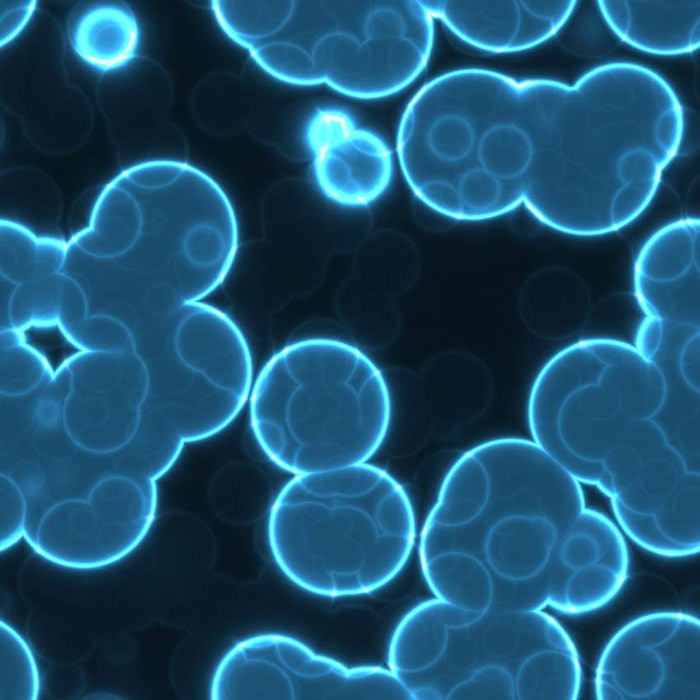
Over the past two years, there has been an increased number of articles on stem cells and their use in skin care products. This information can be confusing and sometimes misleading. Before we can adequately talk about the use of stem cells in skin care products, we must first define what a stem cell is and its function and purpose in any organism.
Defining Stem Cell
Wikipedia defines stem cells as, “Stem cells are cells of the body (somatic cells) which can divide and become differentiated.”
Stem cells are found in both plants and animals. They divide and can differentiate into a range of cell types.
In Animals
In animals, when an egg is fertilized, a living cell is formed with a full complement of DNA. This cell then divides into two identical daughter cells. Until there are 10-12 cells, each of these cells has the potential to become any specific tissue cell type in the future mature adult, but only for that specific organism. They are described at this stage as pluripotential cells.
When an organism grows, stem cells specialize and develop specific functions in many tissues to replicate replacement cells as needed for different cell types in that tissue. They have now lost pluripotential, but because these stem cells are not yet fully differentiated, they can modify and become some kind of specialized cells for that tissue. For example, skin stem cells may replicate and differentiate into any of the various skin cell types, but may not have the potential to become nerve cells.
Individual cells have a finite life span, and when they die off, they are replaced with new cells. Some blood cells live for about four months, while some others live more than a year. Skin cells live only about two or three weeks. Depending on age, between 50 and 70 billion cells die each day in the human body. Organisms use stem cells to replace many of these and the damaged cells that must be removed.
In Plants
On the other hand, stem cells from plants can be cultured in large quantities, and the cells do produce biological products that are released into the culture medium. These “culture medium bio-products” do include some growth factors, but these growth factors are usable only by their plant cells.
Some of the byproducts released into the culture liquid may have antioxidant properties. Sometimes, these antioxidant properties are found in higher quantities in other plant materials.
Clarification
Stem cells do have a real purpose in both function and restoration in the organism in which they originated.
Only a human stem cell taken from that individual would have the DNA of that individual, and it is not feasible to keep stem cells alive in a jar of topical product formulation. Similarly, the growth factors in plant stem cells are only usable by their plant cells.
Therefore, a stem cell's primary function can only be utilized in its organism and not in a cosmetic product. That being said, plant stem cells can serve antioxidant functions in cosmetics.
James Beckman, M.D., is a plastic surgeon and founder/director of R&D for Therapon Skin Health.










